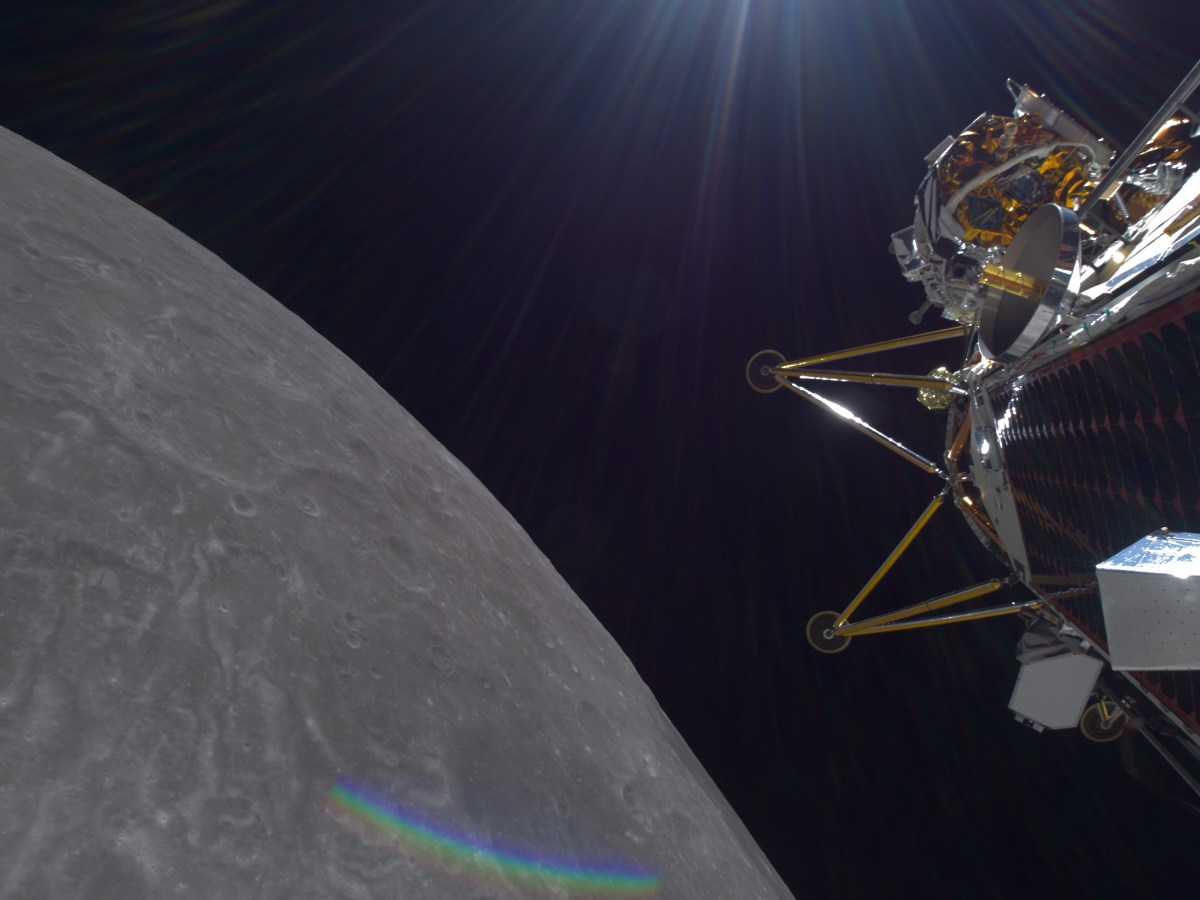Intuitive Machines’ Second Lunar Spacecraft Lands on the Moon: A Potential Tipping Incident!
Intuitive Machines has achieved a remarkable milestone by landing its second spacecraft on the moon, just a year after its initial success. This groundbreaking event highlights the advances in lunar exploration technology, although the spacecraft encountered some challenges upon landing.
Lunar Landing Details: Athena’s Touchdown
The lunar lander, named Athena, successfully touched down on the moon’s surface at approximately 12:30 p.m. ET on Thursday. This marks the second private lunar landing of the week, following Firefly Aerospace’s Blue Ghost, which landed on March 2.
Landing Location and Initial Assessment
Intuitive Machines’ Chief Technology Officer reported during a post-landing press conference that Athena landed within the 50-meter designated zone on Mons Mouton, a flat-topped mountain located at the moon’s south pole. However, the exact landing position is still being determined.
CEO Steve Altemus mentioned that the spacecraft may not be in the optimal position, indicating it likely tipped over during landing. Despite this setback, he commended the mission for proceeding more smoothly than the previous lunar expedition.
Future of Athena’s Mission: Key Technologies on Board
The success of Athena’s mission is critical, as it carries several technologies that Intuitive Machines aims to test. Here are some of the key payloads:
- Passive Laser Retroreflector Array: This technology is intended to facilitate communication with other spacecraft, playing a vital role in NASA’s vision to establish a permanent lunar base. In fact, NASA awarded Intuitive Machines a contract worth $4.8 billion last year to develop this communication system, with $150 million guaranteed.
- Ice Mining Experiment: This experiment aims to investigate the availability of natural resources on the moon, which could be pivotal for future fuel and breathable oxygen production.
- MAPP Rover: This rover is designed to test cellular technology provided by Nokia, showcasing advancements in lunar communication.
- Lunar Data Center: Athena also carries solid-state storage technology, touted as the first-ever “lunar data center.”
Conclusion: The Road Ahead for Lunar Exploration
The future of Intuitive Machines and its lunar exploration endeavors remains promising, despite the challenges faced by Athena. As space technology continues to evolve, the potential for sustainable lunar habitats and resource utilization is becoming increasingly feasible. For more information on lunar missions, visit NASA’s Moon page.







